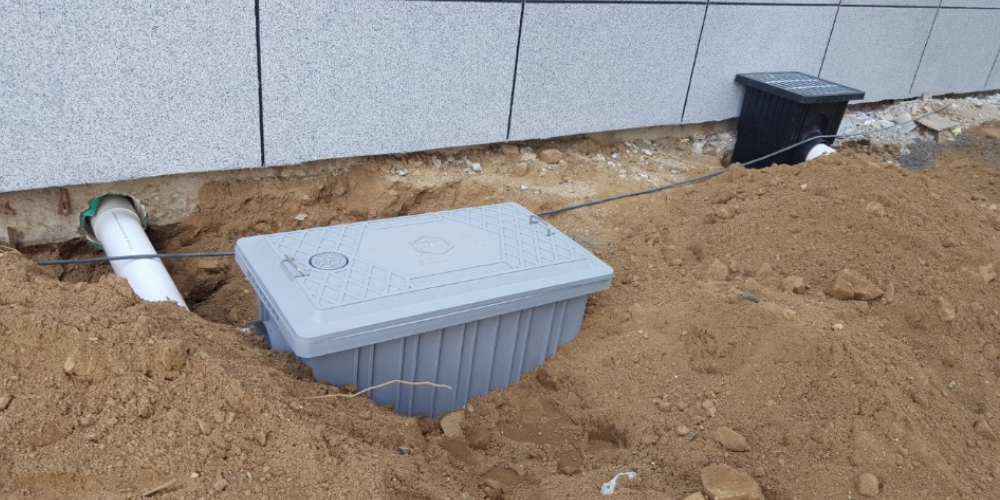Bulk plastic grease traps come in various shapes and sizes, but the most common shapes are rectangular, cylindrical, and square. You can also learn more about the products and book a quote for further assistance.
- Rectangular: Rectangular grease traps are one of the most common shapes, as they are designed to fit neatly into corners or under sinks. They are typically made of durable plastic and are available in different sizes to accommodate different volumes of FOG.
- Cylindrical: Cylindrical grease traps are designed to be compact and space-saving. They are usually made of lightweight plastic and are easy to install and maintain. They are ideal for smaller kitchens or food trucks where space is limited.
- Square: Square grease traps are similar in design to rectangular grease traps but have a square shape. They are available in different sizes and are often used in larger commercial kitchens or facilities where a higher volume of FOG is produced.
Regardless of the shape, bulk plastic grease traps are designed to trap and separate FOG from wastewater, preventing clogs and plumbing problems. Choosing the right shape and size of grease trap will depend on the volume of FOG produced and the available space in the kitchen or food truck. It’s important to consult with a licensed plumber or grease trap service provider to ensure that the grease trap is properly sized and installed for optimal performance.
Where to install grease traps for best results:
The best location to install a grease trap will depend on the layout of the kitchen or food truck and local regulations. Here are some general guidelines for selecting the best location:
- Downstream of equipment: The grease trap should be installed downstream of any equipment that produces FOG, such as sinks, dishwashers, and cooking equipment. This ensures that the FOG is trapped before it enters the plumbing system.
- Close to the source: The grease trap should be installed as close as possible to the source of FOG production. This reduces the likelihood of FOG solidifying and clogging the pipes before it reaches the grease trap.
- Easy access: The grease trap should be installed in a location that is easily accessible for cleaning and maintenance. It should be located in an area where it does not obstruct movement or create a safety hazard.
- Ventilation: The grease trap should be properly vented to prevent pressure buildup and ensure proper function. The vent should be installed in compliance with local regulations.
- Compliance with local regulations: The installation of the grease trap should be in compliance with local regulations and guidelines. Make sure to obtain any necessary permits or approvals before installation.
In general, the best location to install a grease trap is in a spot that is easy to access and close to the source of FOG production. Consult with a licensed plumber or grease trap service provider to ensure that the grease trap is installed correctly and in compliance with local regulations.
Moreover, choosing the right grease trap placement is essential for maintaining kitchen cleanliness and preventing plumbing problems. Professional chefs and food truck operators should carefully consider these qualities when selecting a grease trap for their facility or vehicle.

Armstrong
Armstrong is a designer of technology products. He has a B.S. in electrical engineering and an M.S. in computer science from Stanford University, and he has worked at several startups, including Google and Facebook. He is the co-founder of Conversion.ai, Proof, and Apptopia.